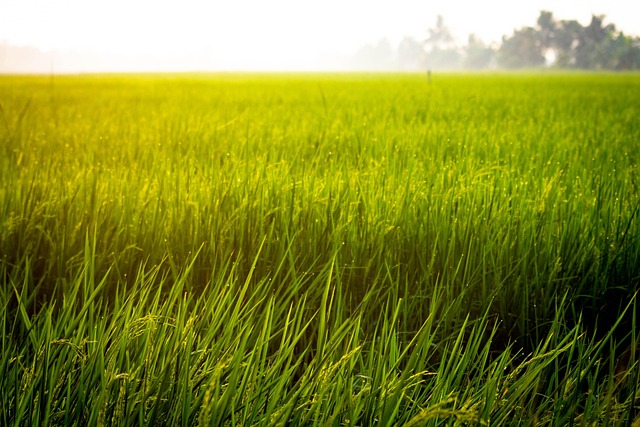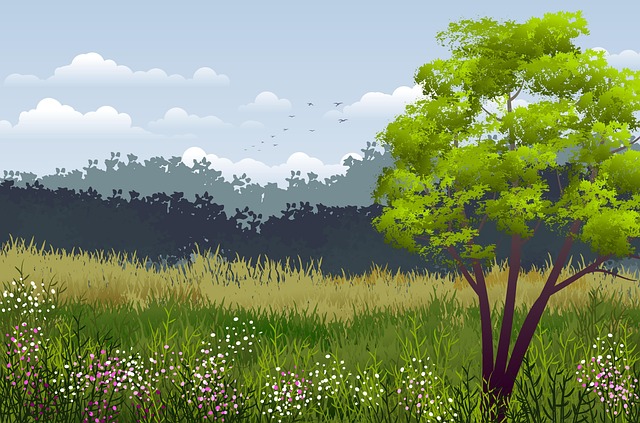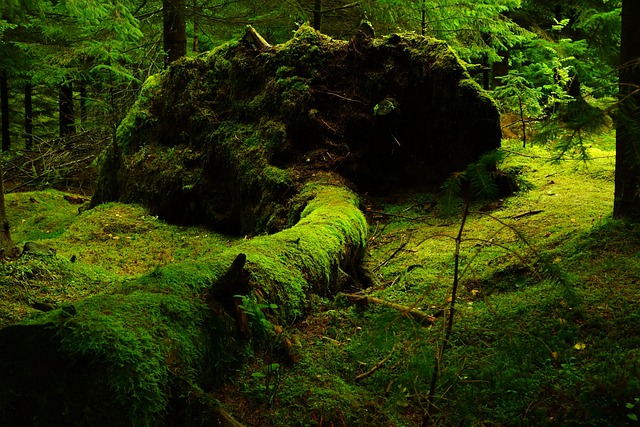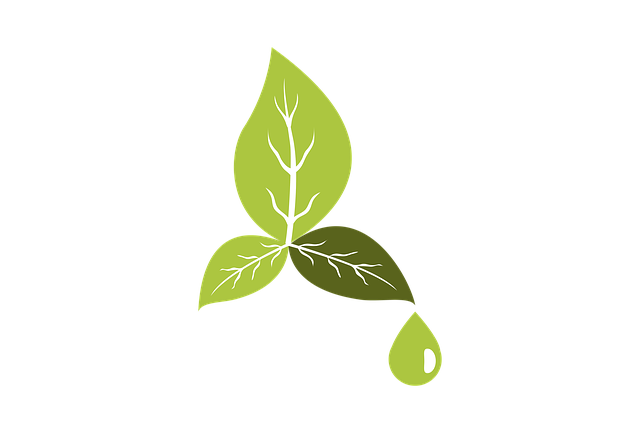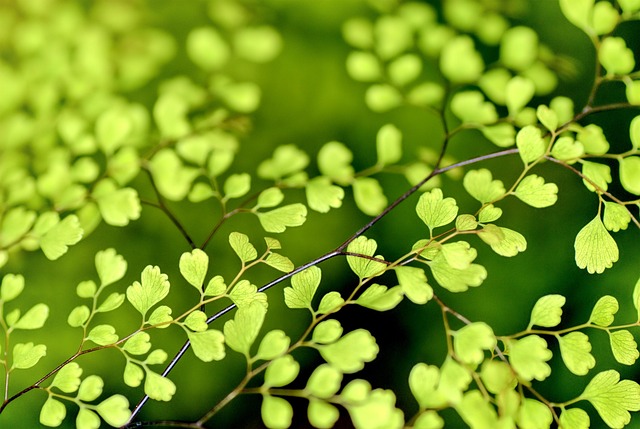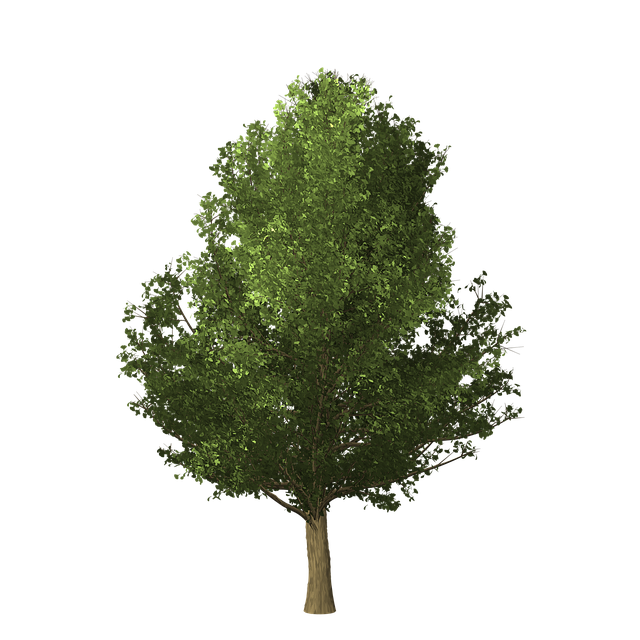Biodiversity boosts landscapes and property values, with ecologically diverse real estate attracting higher prices and eco-conscious buyers. Developers are recognizing biodiversity's financial benefits, including increased aesthetic appeal, risk mitigation, and resilience against climate change. Incorporating habitat conservation in urban development is a game-changer for both biodiversity and real estate, leading cities to adopt strategies balancing growth with natural habitats. Real estate developers can embrace sustainable design principles like creating biodiversity-friendly spaces, integrating native plants, and developing wildlife corridors to enhance ecological value and attract environmentally conscious residents. Green spaces in urban areas are vital for biodiversity, community well-being, and climate change mitigation, serving as community gathering places and natural air filters. Thoughtfully integrating these spaces into real estate developments supports both communities and the environment.
In an era where urban expansion outpaces natural habitats, prioritizing biodiversity becomes paramount for sustainable real estate development. This article explores the profound impact of biodiversity on property values and offers strategic insights into habitat conservation within urban settings. We delve into the transformative power of green spaces in enhancing biodiversity and their positive effects on community well-being. By embracing these principles, the real estate industry can foster thriving ecosystems and create more livable, resilient urban environments.
Understanding Biodiversity and its Impact on Real Estate Value
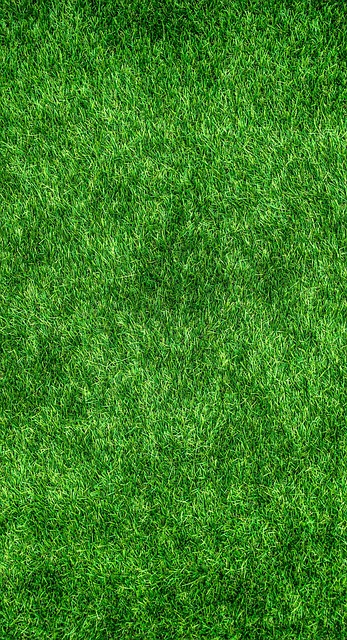
Biodiversity enriches our landscapes and communities, offering ecological services essential for human well-being and real estate value. From clean air and water to soil fertility and climate regulation, healthy ecosystems provide a robust foundation for thriving neighborhoods. Properties situated in areas with diverse plant and animal life often command higher prices due to their natural beauty, recreational opportunities, and enhanced quality of life.
Real estate investors and developers are increasingly recognizing the financial benefits of prioritizing biodiversity. Incorporating native vegetation, preserving green spaces, and creating wildlife habitats not only contributes to a property’s aesthetic appeal but also attracts eco-conscious buyers and tenants. Moreover, these practices can mitigate environmental risks, improve energy efficiency, and enhance the overall resilience of properties in the face of climate change.
Strategies for Incorporating Habitat Conservation in Urban Development
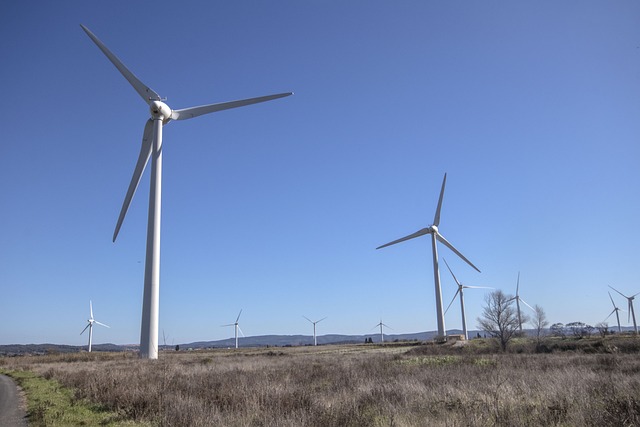
Incorporating habitat conservation into urban development is a game-changer for biodiversity and real estate alike. Cities worldwide are recognizing the importance of balancing urban growth with preserving natural habitats, leading to innovative strategies that benefit both ecosystems and communities. One effective approach is the implementation of green infrastructure, such as urban forests, parks, and green roofs, which not only provide habitats for local flora and fauna but also mitigate the urban heat island effect and improve air quality.
Real estate developers can play a pivotal role in this conservation effort by adopting sustainable design principles. This includes creating biodiversity-friendly spaces within developments, like wildlife corridors that connect fragmented habitats. Additionally, integrating native plant species in landscaping not only reduces maintenance costs but also attracts local pollinators and supports surrounding ecosystems. Such practices not only enhance the ecological value of urban areas but also attract environmentally conscious residents, fostering a more sustainable and vibrant community.
The Role of Green Spaces in Enhancing Biodiversity and Community Well-being
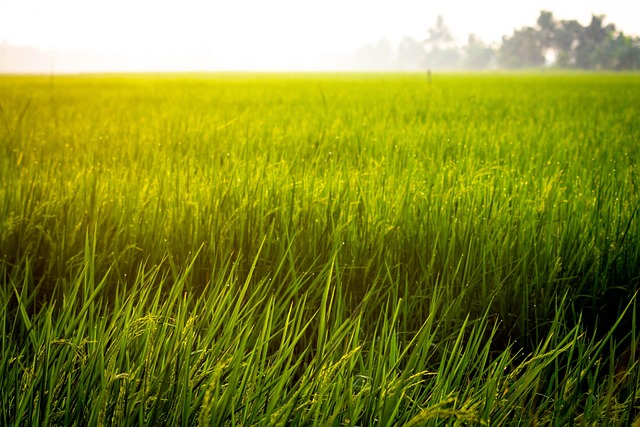
In urban settings, green spaces serve as oases that play a pivotal role in enhancing biodiversity and fostering community well-being. These natural sanctuaries within the concrete jungle provide habitats for diverse flora and fauna, contributing significantly to ecological balance. Real estate developments that prioritize incorporating green spaces not only attract buyers and renters but also offer numerous social and environmental benefits. Well-designed parks, gardens, and green roofs become community gathering places, promoting physical activity, mental health, and social interactions. They also serve as habitats for birds, butterflies, and other wildlife, increasing biodiversity at a local level.
Moreover, green spaces act as natural filters, improving air quality and mitigating the urban heat island effect. This is particularly relevant in light of climate change, as vibrant green areas help to regulate temperatures and reduce the need for energy-intensive cooling systems. As urban populations continue to grow, thoughtfully integrating green spaces into real estate developments becomes essential for creating sustainable, livable cities that support both communities and the environment.
